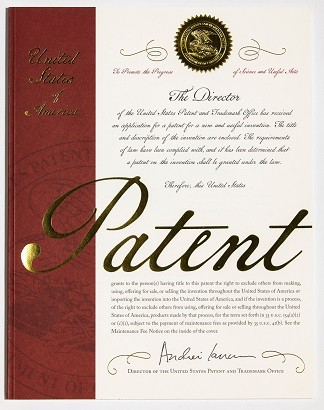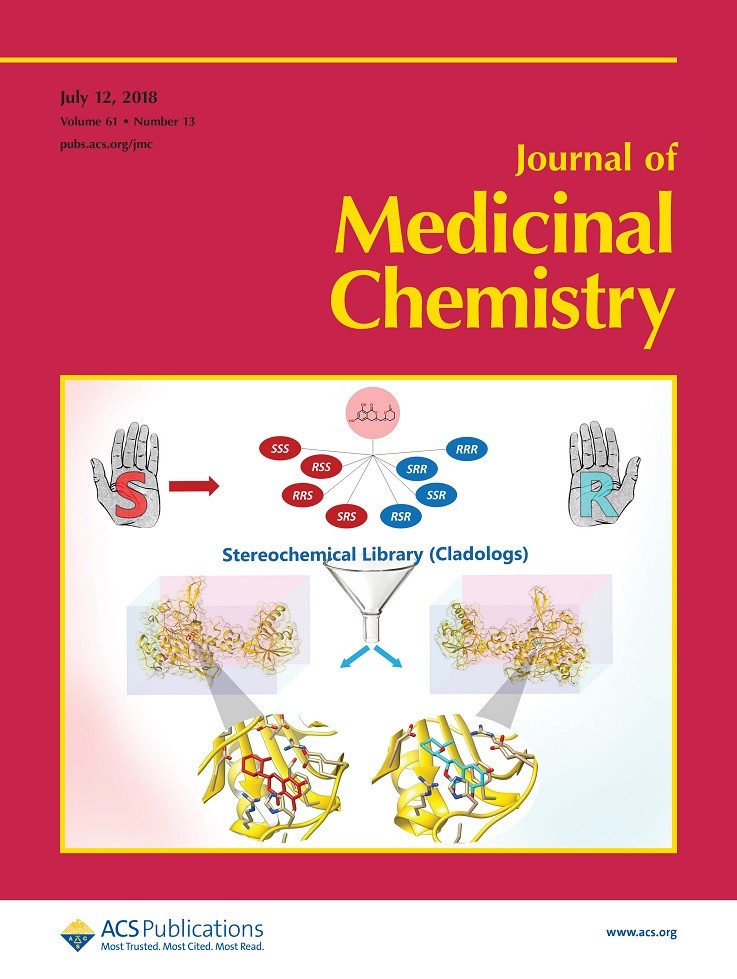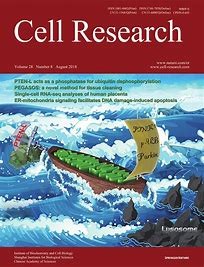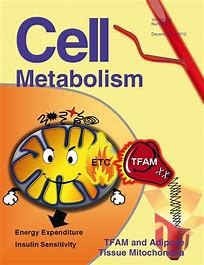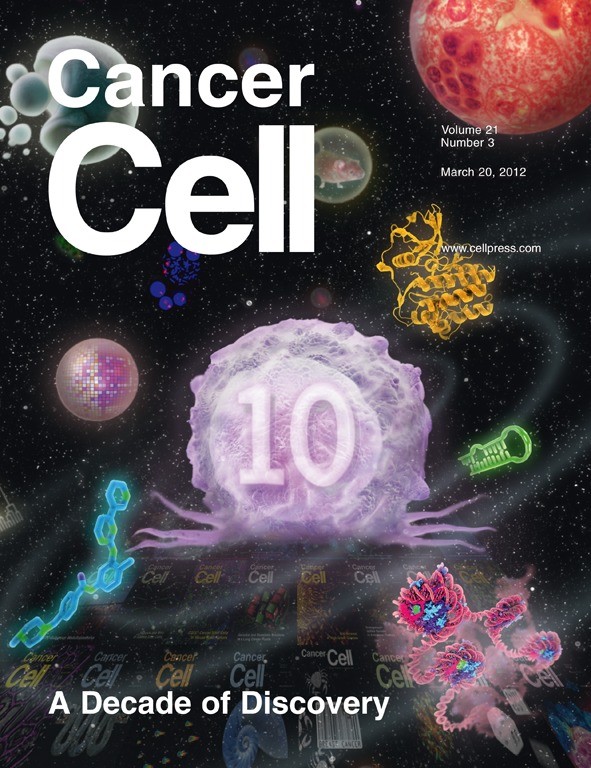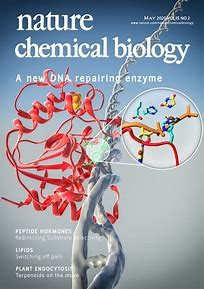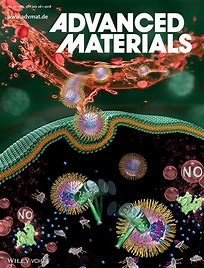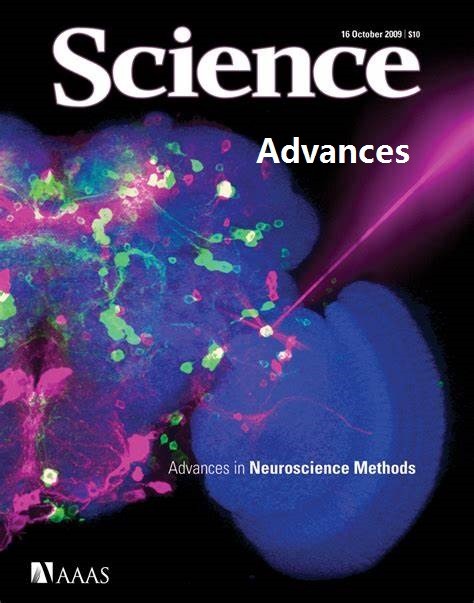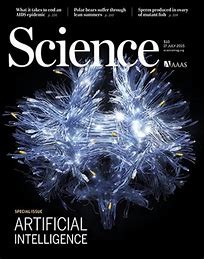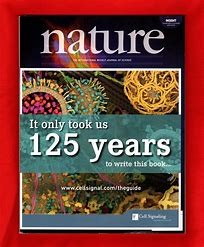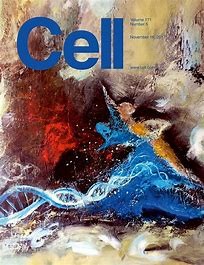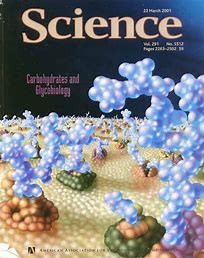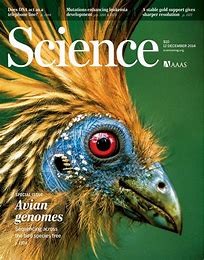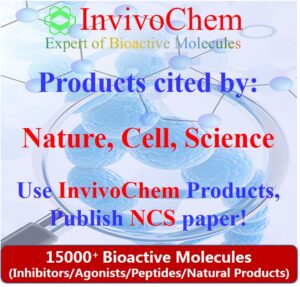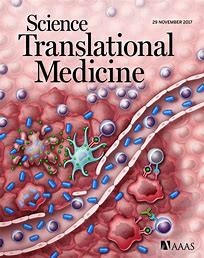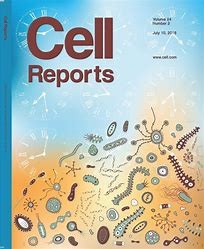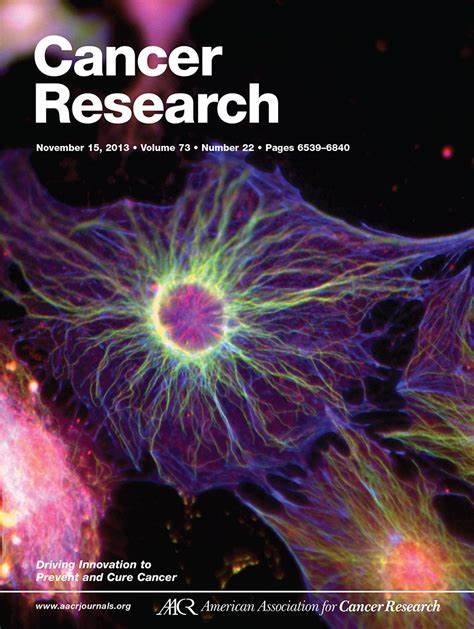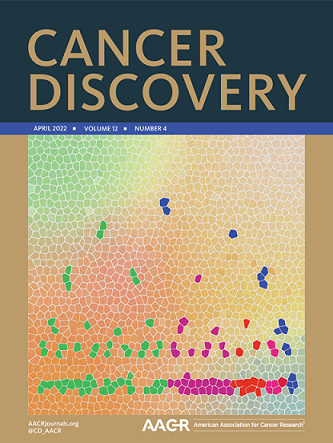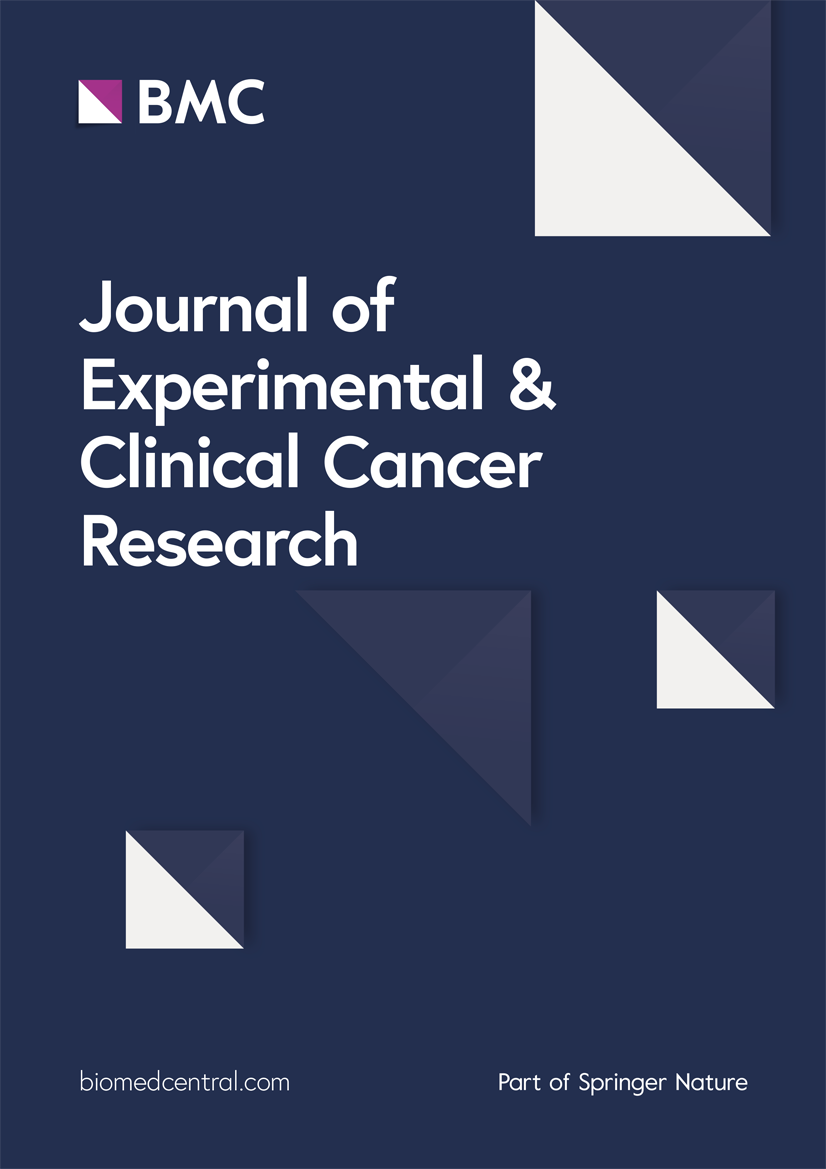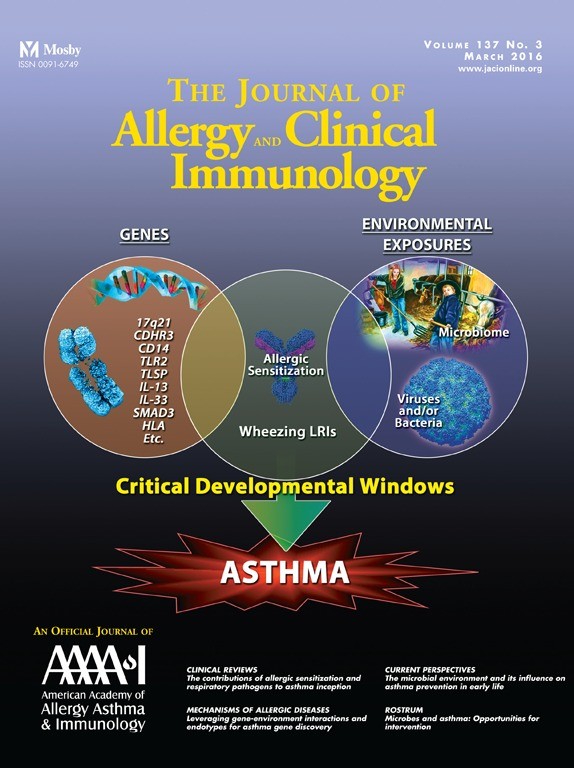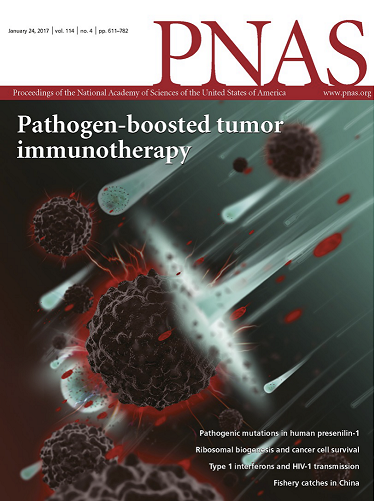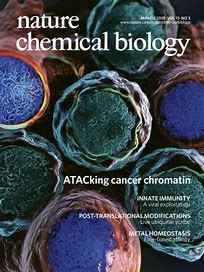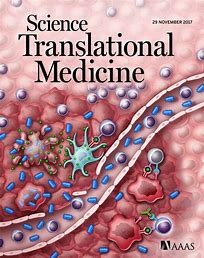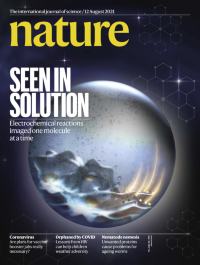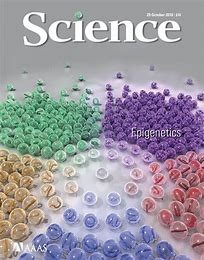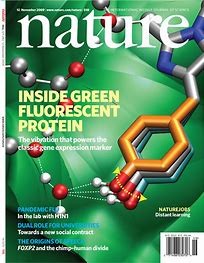CHELERYTHRINE CHLORIDE
This product is for research use only, not for human use. We do not sell to patients.
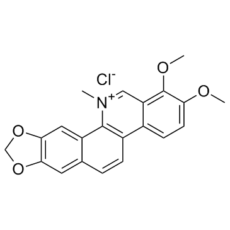
For small sizes, please check our retail website as below: www.invivochem.com
| Size | Price | Stock |
|---|---|---|
| 500mg | $1170 | Check With Us |
| 1g | $1850 | Check With Us |
| 5g | $4680 | Check With Us |
Cat #: V3977 CAS #: 3895-92-9 Purity ≥ 98%
Description: Chelerythrine chloride (NSC-36405; NSC36405), a benzophenanthridine alkaloid extracted from the plant Greater celandine (Chelidonium majus), is a potent, cell-permeable, selective protein kinase C inhibitor with an IC50 of 660 nM.
Top Publications Citing Invivochem Products
Publications Citing InvivoChem Products
Product Promise

- Physicochemical and Storage Information
- Protocol
- Related Biological Data
- Stock Solution Preparation
- Quality Control Documentation
| Molecular Weight (MW) | 384.83 |
|---|---|
| Molecular Formula | C21H18NO4.HCl |
| CAS No. | 3895-92-9 |
| Storage | -20℃ for 3 years in powder formr |
| -80℃ for 2 years in solvent | |
| Solubility In Vitro | DMSO: 18 mg/mLr |
| Water: <1 mg/mLr | |
| Ethanol: <1 mg/mL | |
| SMILES Code | C[N+]1=CC2=C(OC)C(OC)=CC=C2C3=C1C4=CC5=C(OCO5)C=C4C=C3.[Cl-] |
| Synonyms | NSC 36405; NSC36405; NSC-36405 |
| Protocol | In Vitro | Chelerythrine inhibits the BclXL-Bak BH3 peptide binding with IC50 of 1.5 μM and displaces Bax, a BH3-containing protein, from BclXL. Mammalian cells treated with Chelerythrine undergoes apoptosis with characteristic features that suggest involvement of the mitochondrial pathway. |
|---|---|---|
| In Vivo | Chelerythrine displays significant anti-inflammatory effects in experimentally induced mice endotoxic shock model in vivo through inhibition of LPS-induced tumor necrosis factor-alpha (TNF-α) level and nitric oxide (NO) production in serum. |
These protocols are for reference only. InvivoChem does not
independently validate these methods.
| Solvent volume to be added | Mass (the weight of a compound) | |||
|---|---|---|---|---|
| Mother liquor concentration | 1mg | 5mg | 10mg | 20mg |
| 1mM | 2.5986 mL | 12.9928 mL | 25.9855 mL | 51.9710 mL |
| 5mM | 0.5197 mL | 2.5986 mL | 5.1971 mL | 10.3942 mL |
| 10mM | 0.2599 mL | 1.2993 mL | 2.5986 mL | 5.1971 mL |
| 20mM | 0.1299 mL | 0.6496 mL | 1.2993 mL | 2.5986 mL |
The molarity calculator equation
Mass(g) = Concentration(mol/L) × Volume(L) × Molecular Weight(g/mol)
Mass
=
Concentration
×
Volume
×
Molecular Weight*
The dilution calculator equation
Concentration(start)
×
Volume(start)
=
Concentration(final)
×
Volume(final)
This equation is commonly abbreviated as: C1 V1 = C2 V2
Concentration(start)
C1
×
Volume(start)
V1
=
Concentration(final)
C2
×
Volume(final)
V2
Step One: Enter information below
Dosage mg/kg
Average weight of animals g
Dosing volume per animal µL
Number of animals
Step Two: Enter the in vivo formulation
%DMSO
+
%
+
%Tween 80
+
%ddH2O
Calculation Results:
Working concentration:
mg/ml;
Method for preparing DMSO master liquid:
mg
drug pre-dissolved in
µL
DMSO(Master liquid concentration
mg/mL)
,Please contact us first if the concentration exceeds the DMSO solubility of the batch of drug.
Method for preparing in vivo formulation:
Take
µL
DMSO master liquid, next add
µL
PEG300, mix and clarify, next add
µL
Tween 80,mix and clarify, next add
µL
ddH2O,mix and clarify.
Note:
- (1) Please be sure that the solution is clear before the addition of next solvent. Dissolution methods like vortex, ultrasound or warming and heat may be used to aid dissolving.
- (2) Be sure to add the solvent(s) in order.
